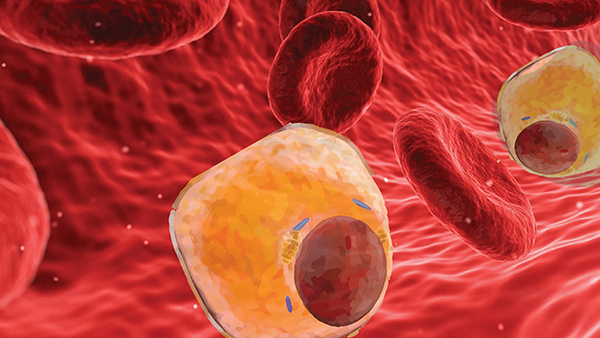 The word cholesterol gets thrown around a lot in health literature. It many times ignores the lack of common understanding about what cholesterol is and how it affects health. For example, most of us have heard of the terms LDL (Low-Density Lipoprotein) and HDL (High-Density Lipoprotein). As a result, “bad” cholesterol and “good” cholesterol often refer to LDL and HDL, respectively.
The word cholesterol gets thrown around a lot in health literature. It many times ignores the lack of common understanding about what cholesterol is and how it affects health. For example, most of us have heard of the terms LDL (Low-Density Lipoprotein) and HDL (High-Density Lipoprotein). As a result, “bad” cholesterol and “good” cholesterol often refer to LDL and HDL, respectively.
But what makes them different? Is the word “cholesterol” equivalent to the word “lipoprotein”? What about other types of fat in the blood, like triglycerides and fatty acids? To demystify this concept we need to discuss a bit about fat metabolism and its role in circulation.
Fats in the Blood
Fats in the blood travel “freely” or bound to larger transport proteins- known as lipoproteins. They can not dissolve in water (they are nonpolar.) This makes it difficult for them to travel in the blood which is water-based. The “free” traveling fats, better known as free fatty acids (FAAs), are in-fact bound smaller proteins in the blood. These represent only a small portion of fat in the blood.
Lipoproteins transport a majority of fats in the blood. Fats transported by lipoproteins include triglycerides, phospholipids, and cholesterol.
Fat levels in the blood, whether free or bound to lipoproteins, play a significant role in health and vascular function. Having too high levels of fat, known as hyperlipidemia, can predispose an individual to atherosclerosis– the root of vascular diseases.
Lipoproteins Types
Fat transport involves water-soluble lipoproteins. Four of the main types of lipoprotein include chylomicrons, VLDL (very low-density lipoprotein), LDL (low-density lipoprotein), and HDL (high-density lipoprotein). Different lipoproteins can perform different functions in fat transport.
Chylomicrons.
These lipoproteins carry the most fat and have the lowest density. In addition, they carry fats to the site of digestion (small intestine) to the blood, tissues, and liver. Enterocytes initially pack the chylomicrons, which then make their way through into circulation. From circulation, liver cells use chylomicrons to harvest energy and synthesize other glycoproteins to release back into circulation.
VLDL.
The delivery of fats involves lipoproteins. As a result, triglycerides and cholesterol reach different areas where needed. Tissues can then use this fat for storage or for metabolic purposes. After VLDL delivers fats, it becomes IDL (intermediate-density lipoprotein) and eventually LDL while in circulation.
LDL.
Out of all lipoproteins, LDL carries the most cholesterol. It is often referred to as the “bad” cholesterol since it can deposit into artery walls where it can contribute to plaque formation and narrowing.
HDL.
This is the densest lipoprotein and carries the least amount of fat. The recycling of excess cholesterol involves HDL. It is often referred to as the “good” cholesterol, as its cleansing effect of the arteries opposes their narrowing and plaque formation.
Roles of Cholesterol
 Cholesterol has many roles in the body. It provides a template (carbon skeleton) for the synthesis of steroid hormones including estrogens and androgens. Furthermore, it also serves as a precursor for the production of bile salts and vitamin d in the body (1). Cholesterol is also an integral cell membrane. It allows the membrane to hold it’s consitency at shifting temperatures. In addition, it prevents phospholipids in the cell membrane from packing too tightly or loosely together, allowing for the proper movement of molecules across the cell membrane.
Cholesterol has many roles in the body. It provides a template (carbon skeleton) for the synthesis of steroid hormones including estrogens and androgens. Furthermore, it also serves as a precursor for the production of bile salts and vitamin d in the body (1). Cholesterol is also an integral cell membrane. It allows the membrane to hold it’s consitency at shifting temperatures. In addition, it prevents phospholipids in the cell membrane from packing too tightly or loosely together, allowing for the proper movement of molecules across the cell membrane.
Cholesterol Sources
To sum up, a great deal of cholesterol comes from our diet and the digestion of fats. It can also be synthesized by different tissues of the body including hepatic (liver) cells, adrenal glands, and reproductive organs. The body has mechanisms to regulate cholesterol levels in the blood and tissues.
Synthesis of cholesterol is unlikely if its levels are high. When these levels are low, hepatic (and other) cells respond by synthesizing cholesterol. High blood lipid levels may pose a threat to one’s health. To stop cholesterol synthesis, professionals may prescribe statins.
References-
- Berg, Jeremy M. “Important Derivatives of Cholesterol Include Bile Salts and Steroid Hormones.” Ncbi.nlm.nih.gov, U.S. National Library of Medicine, 1 Jan. 2002, www.ncbi.nlm.nih.gov/books/NBK22339/.
- “Fluid Mosaic Model: Cell Membranes Article.” Khan Academy, Khan Academy, www.khanacademy.org/test-prep/mcat/cells/cell-membrane-overview/a/fluid-mosaic-model-cell-membranes-article.
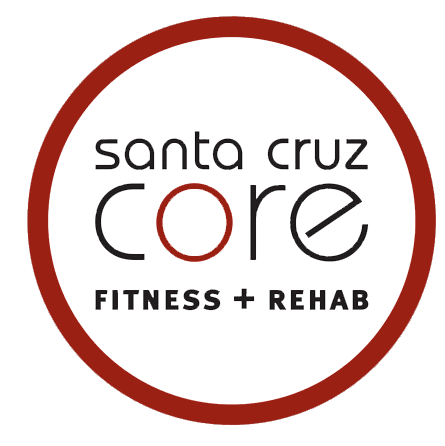
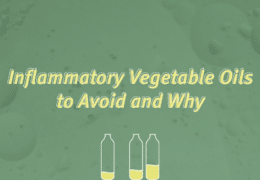
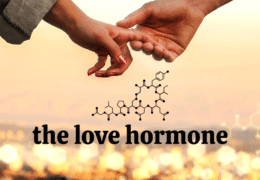
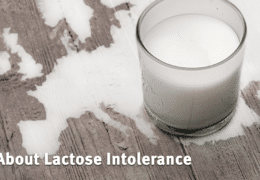
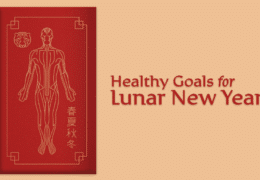
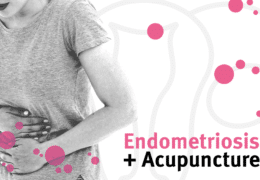
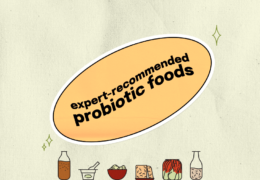

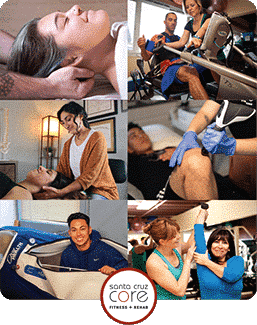
Leave a Reply